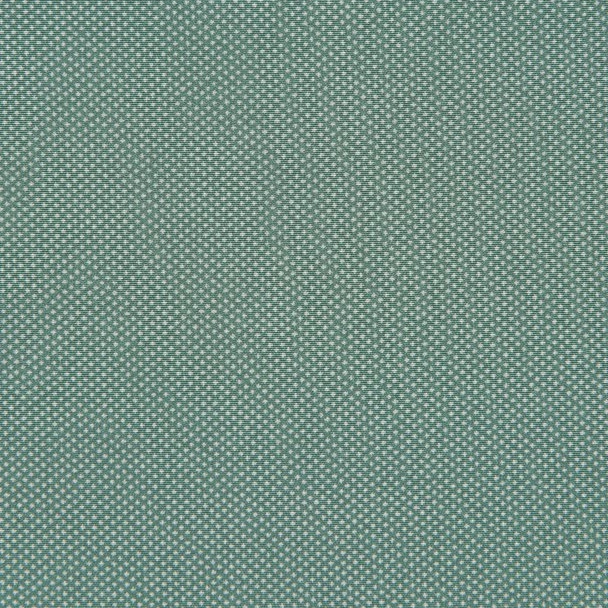Cloth for Kimono with Edo Komon "Cross Pattern"
Year.2015Yasumasa Komiya
1956 -- Textiles(Living National Treasure)
-
Price Range
$2,500 - 8,000
Info
The prices of the artworks on Gallery Japan are determined by the artists themselves and are published directly on the website.
close - Awards at Japan Kōgei Assoc. Exhibitions : 6
Description
-
CategoryTextiles
-
Year presented2015
-
RarityUnique
Techniques Used
Edo komon
Edo komon (literally “Edo small crests”) developed during the Edo period (1603–1868) as a finely detailed decoration for kamishimo, a piece of formal attire worn by samurai. Later, the style spread to commoners’ kimono as well. Historically, Edo komon is dyed using Ise stenciles (Ise katagami).
Kasuri weaving
Kasuri weaving (kasuriori, “blurred weave”) is a type of ikat weaving done with threads that have been resist dyed, leaving sections of the thread undyed. The threads are then aligned and woven to create stripes, checkered patterns, or pictorial motifs.
Selected exhibitions
- The 55th East Japan Traditional Kōgei Exhibition (2015)
- Selected

